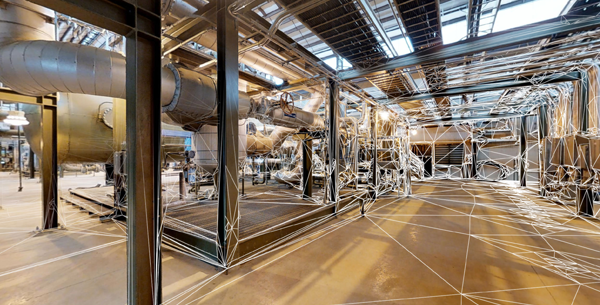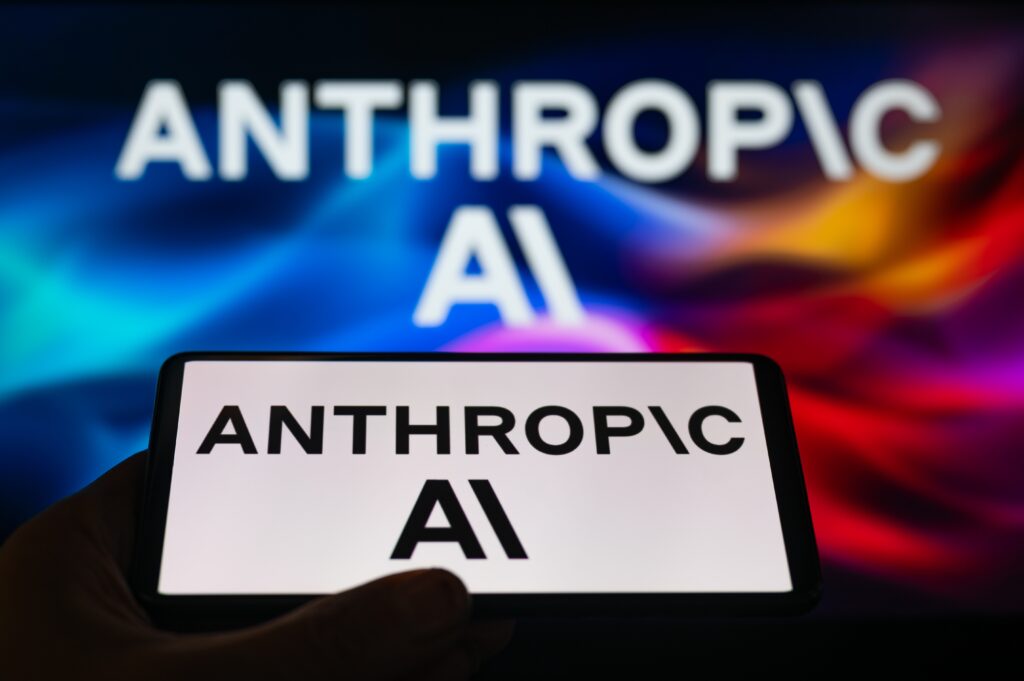
Founded in 2011, Matterport built an enviable reputation as the gold standard in creating 3D virtual tours for residential real estate. But now its ambitions are much bigger: It wants to digitize the entire world.
RJ Pittman masterminded that pivot when he joined the 3D data capture company two and a half years ago. He saw Matterport as a data platform, not just a place for top-quality 3D walkthroughs. Each Matterport scan, he realized, contained millions of data points with immense untapped potential. And that 3D “digital twin” of the real world presented all sorts of opportunities: for space planning, facilities management, energy efficiency, and easily indexing sprawling real estate portfolios. We recently spoke to Pittman about how Matterport’s data will transform our interactions with the physical world.
In Part 1 of this two-part series, Pittman discussed his longtime focus on finding the white space for new ideas, in both tech and real estate. In Part 2, we dive into his journey as CEO of Matterport, how he executed his vision for the company—and the opportunities he’s seeing for revolutionizing the built world with Matterport’s data.

RJ Pittman, Matterport CEO
As CEO, what’s your vision for Matterport?
RJ Pittman: Matterport became known as the gold standard for creating the virtual tour for open houses—super-high-resolution, beautiful, immersive, true 3D walk-throughs. I knew the technology, but I hadn’t paid much attention to the company. But once I started looking, I saw not just this great virtual tour company, with this amazing Pro2 3D Camera that captures millions of data points. What I saw was a company that was potentially building the most important spatial data library in the world.
So I posed a question to the investors and board members and founders. “Have you ever thought of being a data company? What if you unlocked all of the insights that are trapped inside each and every Matterport space?” And they all said, “We’re in.” They were ready to turn Matterport into a platform business. I’d found my next opportunity at the intersection of property and technology.
I joined the company in December 2018. On January 27, 2019, we were at Times Square in New York City with the whole leadership of the company and 50 of our largest customers and partners, hosting an event where we said, “We’re flipping this company and doing a hard 90, and everything you knew about it and everything you bought into before is about to change. Come with us on the journey. This is going to be big.”
You called what you’re doing now “Google Maps for the built environment.” At a practical level, what does that mean for consumers and for enterprises?
RJ Pittman: That was the easiest way to describe Matterport in a parlance that we thought the world could understand as we branched out from residential real estate. The thing is, this is just as valuable to somebody looking for new office space as it is for somebody touring a home. It’s just as valuable to somebody who wants to re-layout an existing office space. You can do space planning in a convenient and digitized fashion, where you can collaborate remotely.
When you create a Matterport space, we’re capturing millions of measurements in each 14-second sweep. It’s the equivalent of a professional contractor with a laser measuring device being in your house for a couple of weeks. You then can keep coming back to those measurements and that information for the life of the building. If you want to remodel, if you need to repair something, whatever it is, you can operate and manage the building just from these digital blueprints.
Think about a Starbucks, a Whole Foods, a Home Depot. Those companies have huge fleets of physical store footprints, and facilities management is a 24/7 battle for them. Every Starbucks is changing its layout every day. There are 35,000 locations in the world. They’re changing the merchandise, they’re re-designing the checkout lanes for traffic efficiency or COVID safety, they’re rethinking the workplace area with wi-fi and power jacks. This has all been done manually, boots on the ground, pencil, and paper. Not anymore.
This is what we mean when we say that we’ve turned buildings into data. Now a facilities manager can say, “How many of my Starbucks locations in the U.S. that are less than 2,500 square feet have at least two cash registers and checkout lanes and a storage room that’s at least 500 square feet to store new equipment and supplies?” Until us, there was no way to do that efficiently across 11,000 stores in North America. None.
But by digitizing this, Matterport can give you building intelligence not only on an individual space, but we can give you that answer across thousands of spaces in a two-second Google-like search. Now you can get to a level of granularity of insights and value and information about your properties that you’ve never had before. This is actually making your building more efficient and more valuable, especially if you have a lot of them.
Is that the big opportunity, facilities management for large enterprises?
RJ: The enterprise is our fastest-growing category. Residential real estate is still growing great. But now it’s Fortune 1000 companies, it’s industrial companies, it’s manufacturing. Sometimes facilities management, sometimes space planning.
We’ve worked with all of the top pharma companies to duplicate and scale and replicate their COVID vaccine production lines. They make a Matterport digital twin of the production line, and then they can transport it to any physical space, any vacant warehouse, and stand up a precise twin of the production line. We stood up ventilator production lines in GM’s dormant factory spaces in Ohio and Michigan. It’s super cool that we were able to help the war on COVID on two fronts.
But really the applications for our technology span every aspect of the building life cycle.
How do the evolving mobile landscape and ecosystem change what Matterport is able to do?
RJ: Here’s one use case. Think about an appraisal to buy a house. What if you could do it yourself? You don’t even need somebody to come in with a big Pro2 camera and be a professional photographer. The thing that we announced on that great big disruptive day in January 2019 was that we were going to democratize 3D capture by supporting third-party capture devices, a $300 device you can buy from Best Buy. And we can transform the output of that camera into the same powerful 3D digital twins at one-tenth the price.
But the holy grail is getting straight to the smartphone. We knew that the ultimate solution is to one day be able to just use the camera that’s built into the phone in your pocket. To do that and to do it accurately was not really a function of waiting for phones that can capture 3D; it was, could our AI that does all of this 3D reconstruction get smart enough to predict 3D geometry from flat photos? And the only way that’s possible is with data, a lot of data. We’re now past five million on our way to six million buildings and spaces under management. We have gone exponential in the growth of data that we have captured, on building data that’s in the library. We use that as training data because it’s largely been done with our highly precise Pro2 camera. We’ve seen every type of building in 150 countries, from hospitals to recording studios, hotels, cruise ships, Taco Bells. You name it, it’s been Matterported. And that diversity of data got so good that we hit a tipping point, where you can become the capture person yourself, using your smartphone.
Meanwhile, mobile technology has gotten to a place where we can put the AI and the machine learning model right on the phone, so it can do AI processing in real-time. So when you’re going around capturing a space with your phone in your house, or in your factory, which a lot of our customers are doing, we’ll download the app right to their phone and they can start scanning a space, the section of a production line, a part of an office building, or an Airbnb.
But the state of the mobile industry is critical. We need 5G. We need 6G. Give us more bandwidth, more speed, more processing, because as these cameras get higher resolution, it’s more data—and we love data. If a Matterport model ends up being 20 gigabytes in size, that’s OK. As long as you have the bandwidth to get it from your phone up to the Matterport cloud, and then process it, that just means more spatial data goodness for you the customer, and a whole bunch more features and value that we’re going to give back to you.
The innovation that’s coming to smartphone cameras, whether it’s LiDAR or other types of technology, structured light sensors, you name it, the capability of these devices is just getting started. And it’s going to need that bandwidth. It’s how we’re going after the 4 billion buildings in the world. We’re only at 5 million right now, but, man, there are 5 billion-plus smartphones in circulation today, and 1.5 billion being added every year, and they’re these kinds of phones. Suddenly four billion buildings kind of seems like a layup, when mobile bandwidth can support this.
* All opinions expressed in this blog are solely from RJ Pittman.



